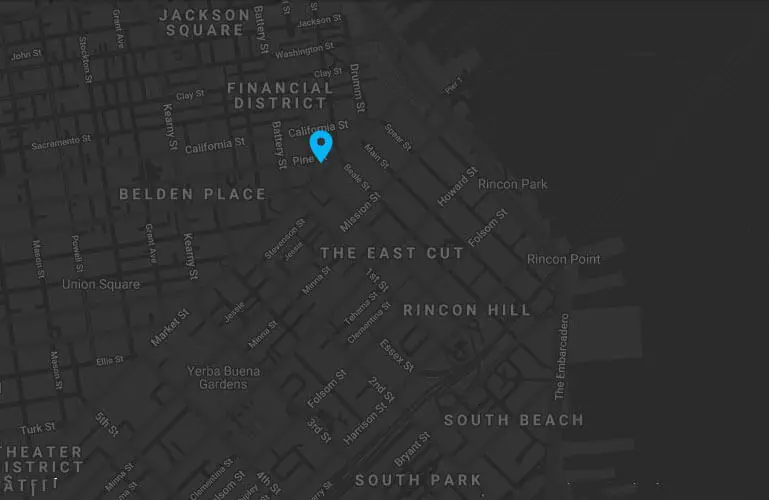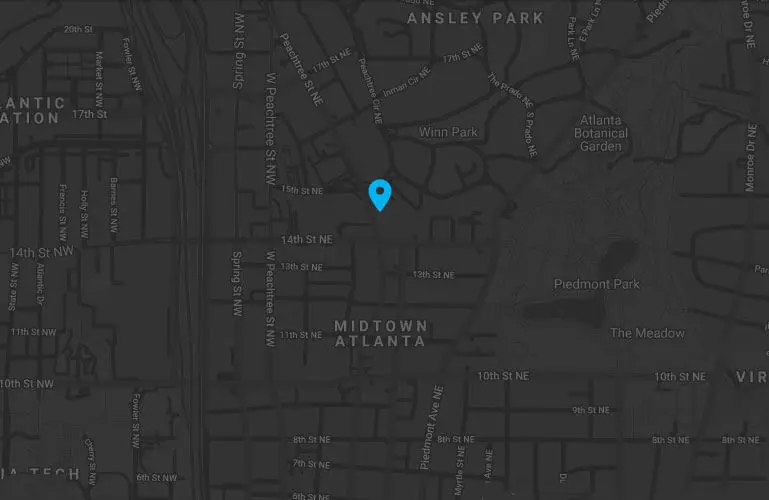The internet has revolutionized the way we live, work, and interact. It’s become a vital platform for accessing information, engaging with communities, and conducting business. Yet, for millions of Americans with disabilities, this digital oasis can feel more like an exclusion zone.
Enter the Americans with Disabilities Act (ADA), a landmark piece of legislation that prohibits discrimination based on disability in all aspects of public life. While traditionally focused on physical accessibility like ramps and elevators, the ADA’s reach has extended to the digital realm, raising critical questions about ADA compliance for websites.
Why is ADA compliance for websites important?
It’s not just about legal obligations (although those exist too). It’s about inclusion. It’s about ensuring everyone, regardless of disability, has equal access to the vast opportunities and functionalities offered by the web.
Here’s why compliance for websites matters:
- It’s the right thing to do: Excluding people with disabilities from online spaces is not only unfair, it’s unethical. Websites should be accessible to everyone, just like any other public space.
- It’s a growing market: Over 40 million Americans have disabilities, representing a significant and untapped consumer base. Businesses with accessible websites cater to this diverse audience, expanding their reach and potential revenue.
- It enhances brand reputation: Demonstrating a commitment to accessibility fosters positive brand perception and builds trust with customers and employees. In today’s competitive landscape, inclusivity is a differentiator.
- It improves user experience for everyone: Accessible design principles benefit all users, not just those with disabilities. Clear navigation, descriptive alt text for images, and keyboard-friendly interfaces create a smoother and more enjoyable experience for everyone.
What does ADA compliance for websites entail?
The concept of ADA compliance for websites is still evolving, with no single set of universally accepted standards. However, several key guidelines and resources provide a roadmap for making websites accessible:
- Web Content Accessibility Guidelines (WCAG): Developed by the World Wide Web Consortium (W3C), WCAG is a set of internationally recognized recommendations for improving website accessibility. The latest version, WCAG 2.2, covers four key principles: Perceivable, Operable, Understandable, and Robust (POUR).
- Department of Justice (DOJ) guidance: While the DOJ hasn’t issued specific regulations for ADA compliance on websites, they’ve offered guidance documents and statements emphasizing the importance of accessibility.
- Accessibility testing tools: Numerous automated and manual testing tools can help identify and address accessibility issues on websites.
Implementing ADA compliance for websites:
Making your website ADA compliant doesn’t have to be an overwhelming task. Here are some actionable steps:
- Conduct an accessibility audit: Identify existing accessibility barriers on your website through automated and manual testing.
- Prioritize critical issues: Focus on addressing the most significant accessibility barriers first, ensuring essential functionalities are accessible to everyone.
- Involve people with disabilities: Seek feedback and guidance from people with disabilities throughout the process to ensure your solutions are effective and user-centered.
- Develop an accessibility policy: Formalize your commitment to accessibility with a clear policy outlining your goals, implementation plans, and grievance procedures.
- Continuously monitor and improve: Accessibility is an ongoing journey, not a destination. Regularly monitor your website and implement ongoing improvements to maintain compliance.
Resources for achieving compliance:
- W3C Web Accessibility Initiative: https://www.w3.org/WAI/
- Department of Justice ADA website: https://www.justice.gov/opa/blog/justice-department-launches-new-americans-disabilities-act-website
- WebAIM: https://webaim.org/
- American Foundation for the Blind: https://www.afb.org/
Making the digital world accessible for everyone:
ADA compliance for websites is not just a legal requirement; it’s a moral imperative. By ensuring everyone has equal access to the online world, we create a more inclusive and equitable digital society. Remember, the internet should be a platform for connection, not exclusion. Let’s bridge the digital divide and make the web a welcoming space for all.
The journey towards ADA compliance doesn’t have to be solitary. There are numerous resources and organizations available to support you along the way. By taking proactive steps and embracing an inclusive mindset, we can create websites that are not only accessible but also enjoyable and enriching for everyone.
DEEPBLUE is a web design agency that delivers measurable results.
When it comes to these hot new trends, the team here at DEEPBLUE is ready and willing to use them when designing your site. In fact, many of the new trends follow the work we have completed, making us proud web design trendsetters. If you want to get your hands of a site that is innovative and designed beautifully then give us a call, we’d love to work with you.



